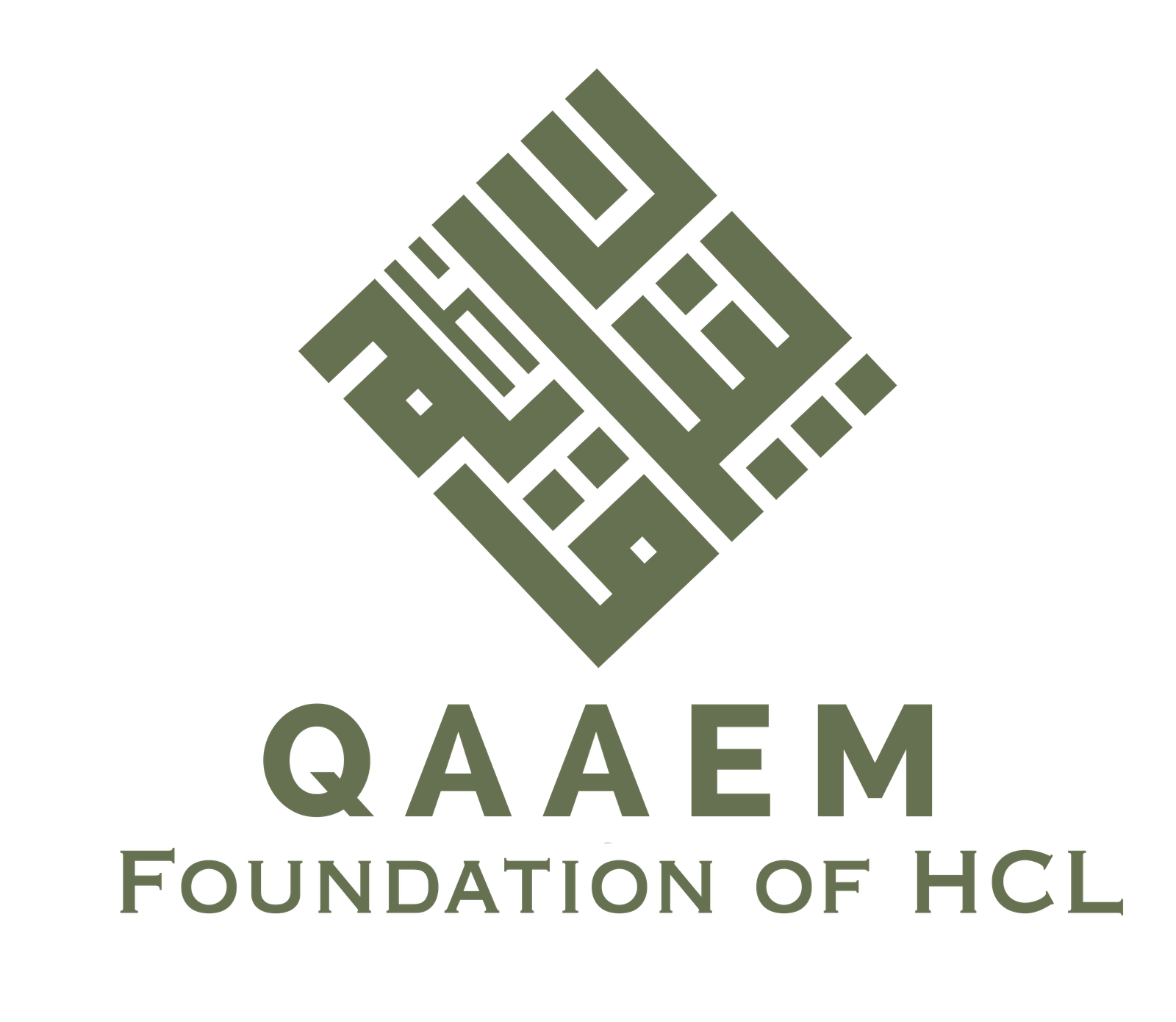culture & language
Identity, Values
At Qaaem Foundation, we understand the importance of preserving and celebrating the rich cultural heritage and language of the Hazara community. Culture and language are more than just traditions and words—they are the essence of identity, values, and a shared history that binds us together.
Our cultural and language programs are dedicated to nurturing a strong sense of pride and connection in our younger generation. Through classes, workshops, and events, we provide opportunities for children and adults to explore Hazara literature, art, and language, ensuring that these invaluable elements are passed on. Our Dari language classes help young learners and their families to stay connected to their linguistic roots, enhancing both spoken and written proficiency in a supportive, engaging environment.
These programs go beyond mere education; they aim to create a welcoming space for families to come together, share stories, and celebrate the customs and traditions that make us who we are. By preserving our cultural and linguistic heritage, we are building a vibrant community that celebrates its identity with pride and is rooted firmly in the values and heritage of the Hazara people.
NOWRUZ
Nowruz (Dari: نوروز ) Nawrōz, marks the beginning of spring and is an important cultural holiday in Afghanistan. It is celebrated by the majority of Afghans, including those in the global Afghan diaspora. Coinciding with the Afghan New Year, Farmer’s Day is also observed around this time and lasts approximately two weeks. This celebration involves planting saplings and flowers across the country, symbolizing growth and renewal.
A Season of Renewal

Guli Surkh Festival
Guli Surkh Festival: Literally meaning “Red Flower Festival,” the Guli Surkh festival is one of the most vibrant and cherished traditions of Nowruz in Afghanistan, especially in Mazar-i-Sharif, where it holds a central role in the New Year celebrations. The festival is named after the blooming of the red tulip flowers that cover the surrounding plains and hills during the first 40 days of the new year. This natural spectacle symbolizes renewal, beauty, and the hope that spring brings after the long winter months.
Jahanda Bala
Mazar-i-Sharif, home to the Blue Mosque (Shrine of Hazrat Ali), becomes the focal point for the Guli Surkh festival. Thousands of people from all over Afghanistan and beyond gather in the city to witness the stunning display of tulips, which are believed to have spiritual and cultural significance. The blooming tulips signify life, prosperity, and new beginnings, making it a perfect symbol for the Nowruz celebration.
The festival is more than just a celebration of nature’s beauty; it’s also a time for people to connect with their heritage and traditions. Festivities include parades, traditional music, dance performances, poetry recitations, and sports events such as buzkashi, a popular horseback game. The celebration creates a sense of unity and shared pride among Afghans, with people from different regions and backgrounds coming together to honor their cultural roots.

Kite Running in Afghanistan During Nowruz
Kite running, a beloved tradition in Afghanistan, takes on a special significance during Nowruz, the Afghan New Year. As the arrival of spring brings renewal and celebration, the skies over Afghanistan become alive with vibrant kites, soaring high and engaging in fierce battles. The custom, known as “Gudiparan Bazi,” is particularly popular during Nowruz festivities, symbolizing freedom, joy, and the spirit of competition.
Families and friends gather on rooftops and open spaces, with children and adults alike participating in kite flying competitions. The goal is not only to keep the kite aloft but also to cut the strings of rival kites, sending them tumbling from the sky. This energetic and colorful pastime is a cherished part of Afghan culture, passed down through generations, and brings communities together during this festive time.
Kite running during Nowruz reflects the resilience and creativity of the Afghan people, showcasing their deep connection to tradition while celebrating the beauty of new beginnings. At Qaaem Foundation, we celebrate and preserve these cultural practices, ensuring that future generations can experience and take pride in their rich heritage.

Haft Mēwa
Haft Mēwa: Unique to Afghanistan, Haft Mēwa (meaning “Seven Fruits”) is a traditional fruit salad prepared especially for Nowruz to celebrate the Afghan New Year. Unlike the Haft Sin table commonly arranged in Iran, which consists of seven symbolic items beginning with the Persian letter “S,” Haft Mēwa focuses on a blend of seven dried fruits, creating a dish that symbolizes prosperity, health, and the sweet hopes for the coming year.
These dried fruits are soaked overnight in water to soften, and they absorb the water to create a rich syrup. This syrup, flavored with the essence of the fruits, brings a delightful sweetness and vibrant texture to the dish. Each fruit in Haft Mēwa is carefully chosen not only for its taste but also for the symbolic meaning it carries, as each represents different hopes for the new year, such as health, prosperity, love, and success.

